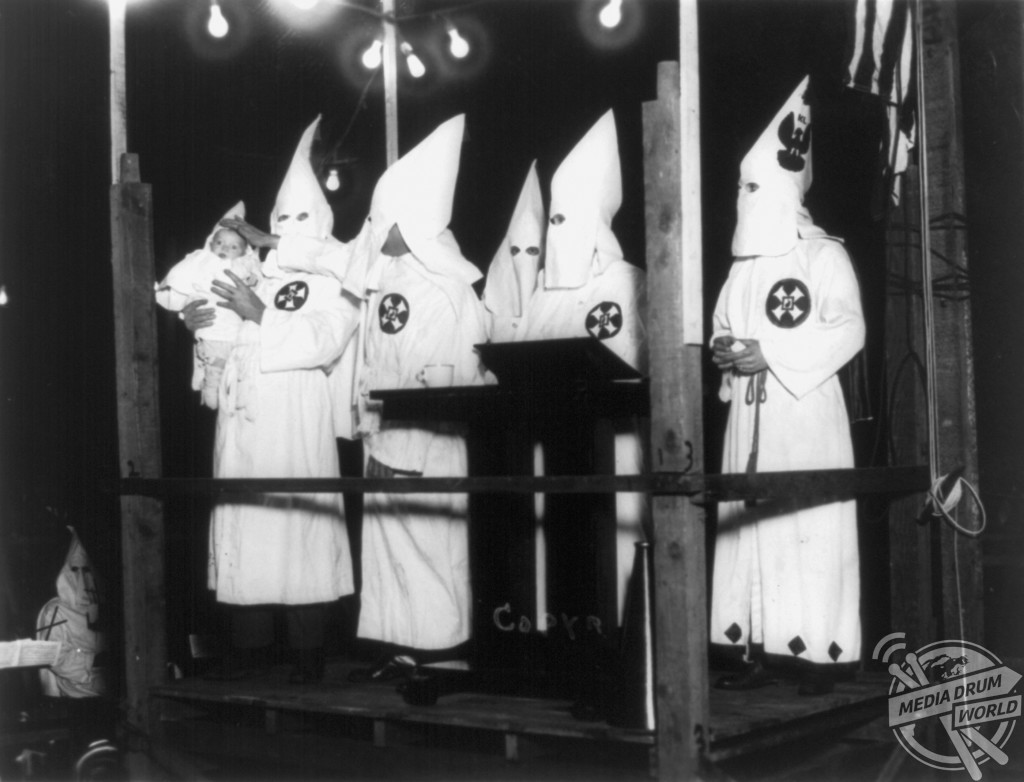By Mark McConville
THE ALT-RIGHT movement that has been so prevalent across America and arguably swept Donald Trump into power is eerily similar to the 1920s Ku Klux Klan according to a new book.
Striking images included in the book show the Ku Klux Klan at meetings in their robes, posing in the shape of a cross and even christening a small baby who is also wearing the KKK robes.
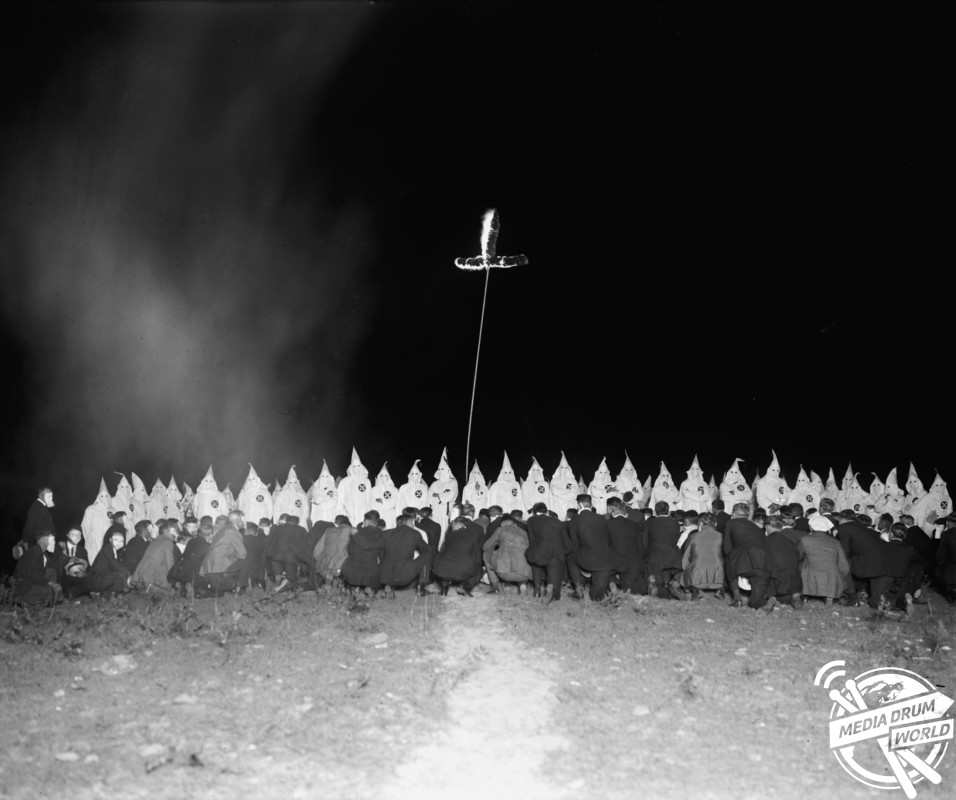
Other startling photographs depict the propaganda cartoons that the KKK produced with a Papal-like octopus slithering its tentacles into every aspect of life, a KKK-branded fist smashing through an elite party involving alcohol to protect prohibition and even a Klansman tobacco.
The haunting pictures are showcased in Linda Gordon’s new book, Threat to Democracy, published by Amberley Publishing.
It styles itself as a warning from history about the second coming of the Klan in the 1920s.
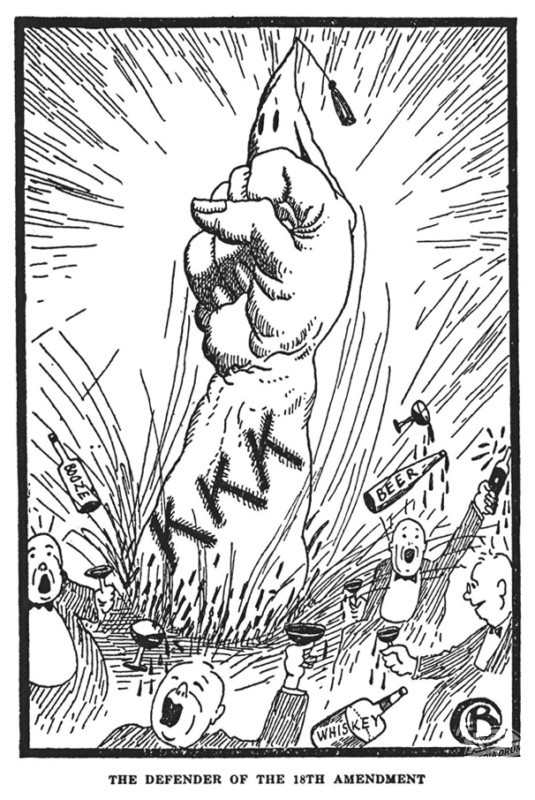
“The Klan built a politics of resentment, reflecting but also fomenting antipathy toward those who it defined as threatening Americanism,” wrote Ms Gordon of the 1920s KKK but it could just as easily be about the 2017 alt-right movement.
“To understand its strength we need to notice which groups it identified as enemies. By blaming immigrants and non-Protestants for stealing jobs and government from “true” Americans, it stayed away from criticism of those who wielded economic power.
“Devoted to a business ethic, revering the pursuit of profit as confirmation of individual independence and manliness, the Klan respected men of great wealth and considered their social position earned and deserved.
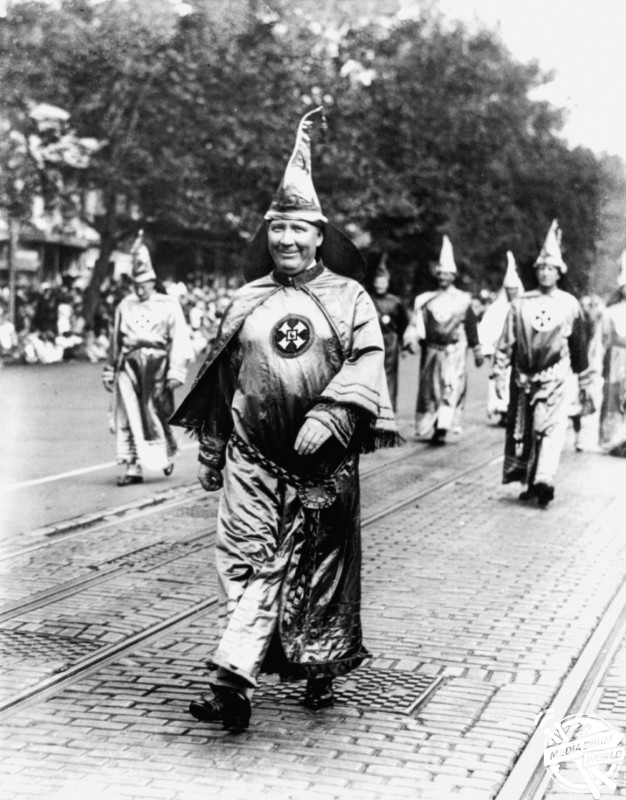
“Instead it blamed “elites,” typically presented as big- city liberal professionals, secular urbanites who promoted cosmopolitanism (and were thus insufficiently patriotic) and looked down on Klanspeople as stupid and/or irrational and/or out of step with modernity. This disrespect for the Klan only intensified its hostility and sense of righteousness.”
The alt-right, or alternative right, is a loosely defined group of people with far-right ideologies who reject mainstream conservatism in favour of white nationalism.
White supremacist Richard Spencer initially promoted the term in 2010 in reference to a movement centred on white nationalism and did so, according to the Associated Press, to disguise overt racism, white supremacism, neo-fascism and neo-Nazism.
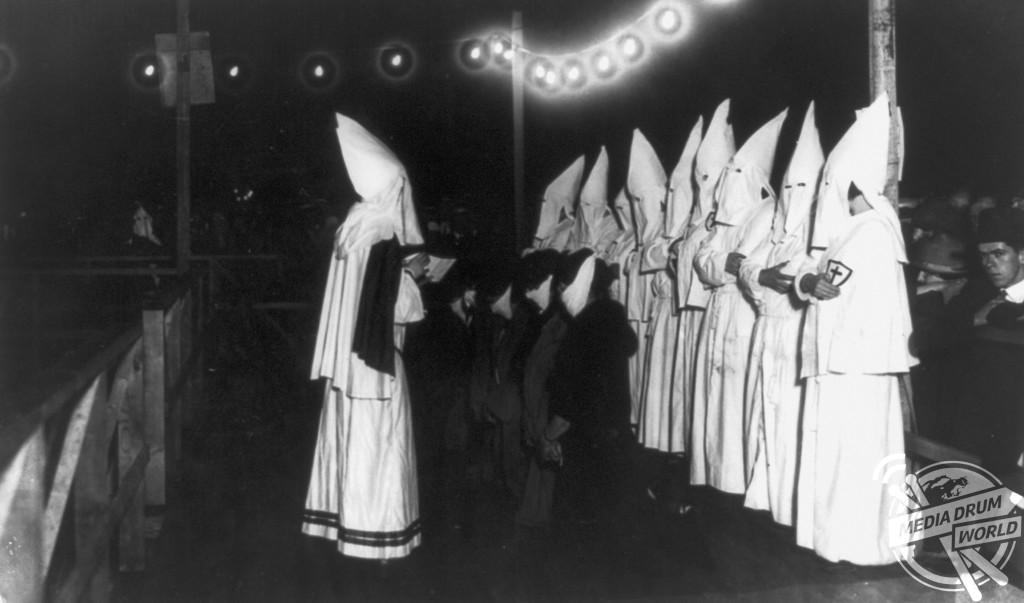
The term drew considerable media attention and controversy during and after the 2016 United States presidential election.
“In the last few decades, that understanding of elites, albeit with less anti- Semitism or anti- Catholicism, has once again become common in political rhetoric,” continued Ms Gordon.
“Today’s anti-elitism provides insight into the popularity of the Klan, and illustrates particularly the difficulty of placing it on a conventional left-right spectrum.
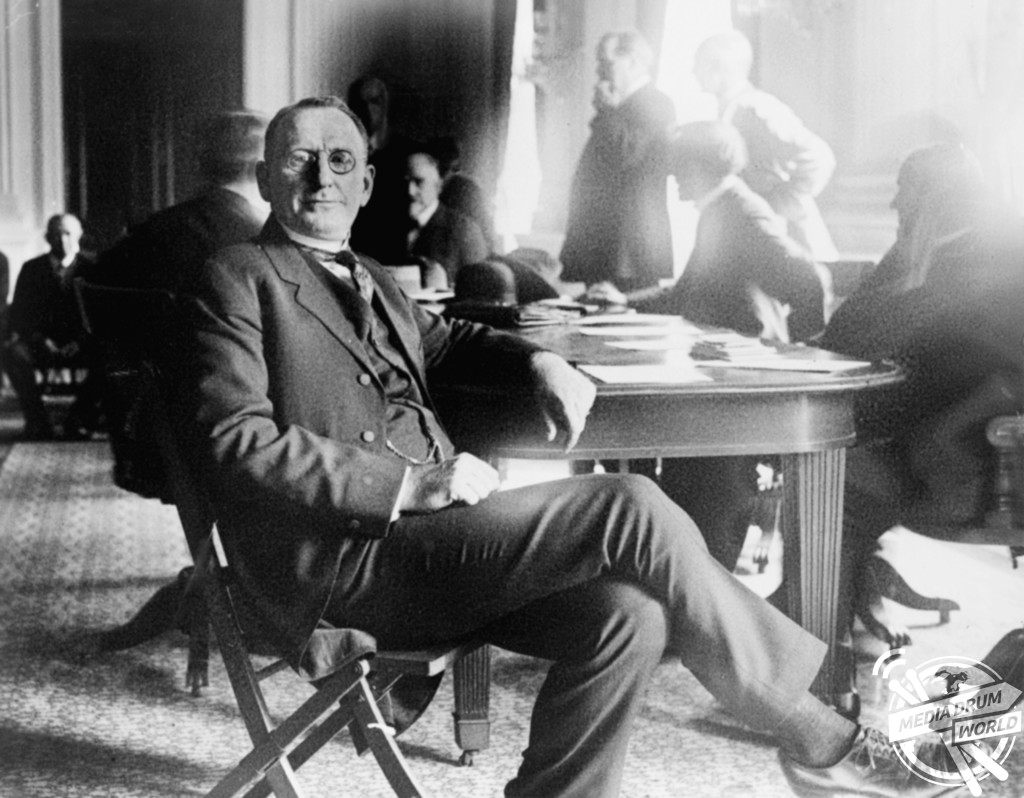
“True, Klanspeople typically preached distinctly right- wing principles, such as anti- Communism, though concern about political radicals played only a minor part in its diatribes. Of course, bigotry has long been characteristic of the Right.
Threat to Democracy: The Rise of the Ku Klux Klan in the 1920s: A Warning from History, by Linda Gordon and published by Amberley Publishing is available to buy now. RRP £20.

